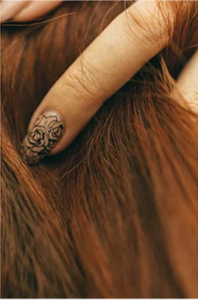Our set subject competition in September is Triptych – a story in three. A triptych (pronounced Trip’tik), when applied to photography, is a group of three pictures. It could be three photographs mounted in a frame, closely associated pictures displayed near each other or three pictures in one image. However, whilst a Triptych can be presented as a single photo in three “slices” this particular challenge to the members requires three associated photos that together tell a story.
Triptychs appeared in the middle of the 18th century as paintings split into three sections but today triptych photography is a popular technique.
Some tips
- Triptychs are often created a very specific way. This can get boring. You don’t have to take vertical photos or stick to one format to create a symmetrical triptych. Instead, you can use both horizontal and vertical photos in your compositions. You can also experiment with different formats, like the square or circle formats. This will make your triptychs stand out even more.
- Photos that depict movement are often interesting to look at and Triptychs are ideal for action photography enthusiasts. You can create a sense of movement by taking several photos of a moving subject.
- Turn your photo mistakes into art: You don’t have to delete those photos when you turn your mistakes into art. Candid, blurred, or abstract photos can all enhance a triptych in the most unusual ways.
- Try Double Exposure as these emphasise a story within a story.
- Put a “Spotlight” on those details that usually go unnoticed.
- Capture different facial expressions in the same subject.
- Emphasise the similarities or differences between three things.
- Photograph different parts of the same event.
- You can unite subjects by giving them the same edit, especially if it is a strong one.
And always remember – there needs to be a reason for displaying the three shots together, and they need to work better together than they do apart.
Some examples




